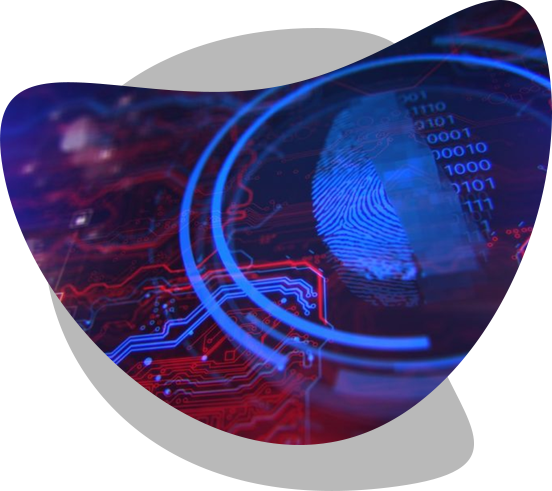Close
Close
SIEM stands for Security Information and Event Management. It is a security solution that helps organizations detect, analyze, and respond to security threats before they harm business operations. SIEM combines both security information management (SIM) and security event management (SEM) into one security management system.
SIEM systems are built to collect log and event data from security systems, networks, and computers and turn them into actionable security insights. SIEM technology can help organizations detect threats that individual security systems cannot see, investigate past security incidents, perform incident response, and prepare reports for regulation and compliance purposes.
The primary operations of a SIEM system include the following:

SIEM assures constant monitoring of data, systems, and networks in the IT structure of any organization. Security data is analyzed in real time by ensuring safety and security on rotation.
Event logs (or log files) are recorded activities that are/have taken place around the time or duration of a cybersecurity event. Standard information derived from this includes the date and time of an event, the IP address associated with plausible action, a chain of events leading to the event, and tools/techniques/systems/networks used to execute the event.
Network traffic is consistently analyzed to detect common actions across multiple servers and networks, as part of SIEM, to detect any possibility of abnormal or suspicious activity. Any possible communication, fluctuation, or transfer is analyzed to generate possible leads and identify the root cause before initiating the recovery procedure.
Analysis of security devices and software such as firewalls, anti-virus, and anti-malware software assist in the timely detection of a cybersecurity event. Possible cybersecurity incidents are identified using data collected from these security devices/software and detecting abnormalities.
During a breach occurring due to cybersecurity events such as unauthorized access and malware infection, analyzing and interpreting data generated from tracking these attacks is essential. Securesee prevents an organization from the following cybersecurity threat possibilities:
Brute Force Attacks
Credential Stuffing Attacks
Social Engineering Attacks
Exploiting Software Vulnerabilities
Insider threats
Viruses
Ransomware
Spyware
A criterion for identifying susceptible threats is predetermined and tailored to an organization’s objectives. As SIEM software monitors, they detect/catch abnormal fluctuations in networks and systems. Once that occurs, responsible teams that can cater to the cybersecurity event, prevent damage, and instill recovery measures are alerted to instigate an incident response program.
Apart from real-time threat detection and response, Securesee assures compliance management. Industry regulations and standards are essential to protecting critical systems to improve organization reliability, customer faith, and confidence and fulfill outlined business objectives for qualitative and subsequent quantitative growth.